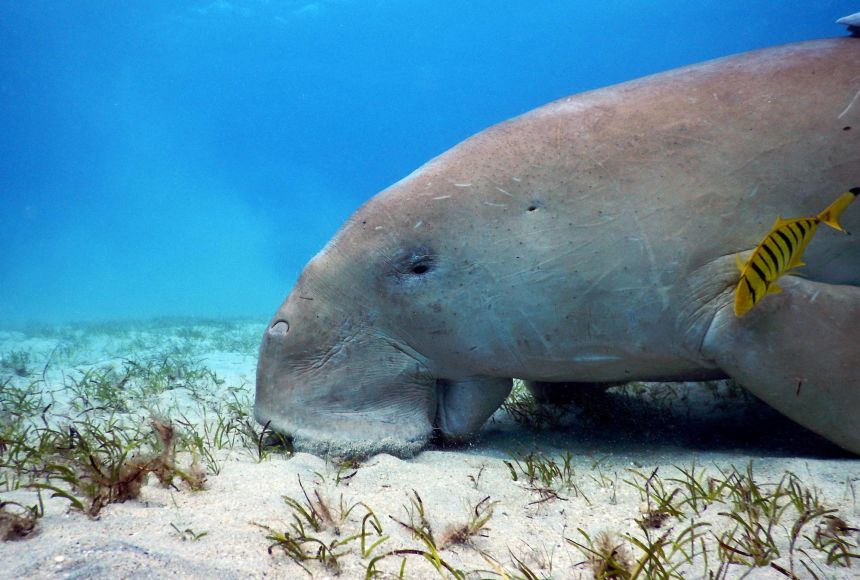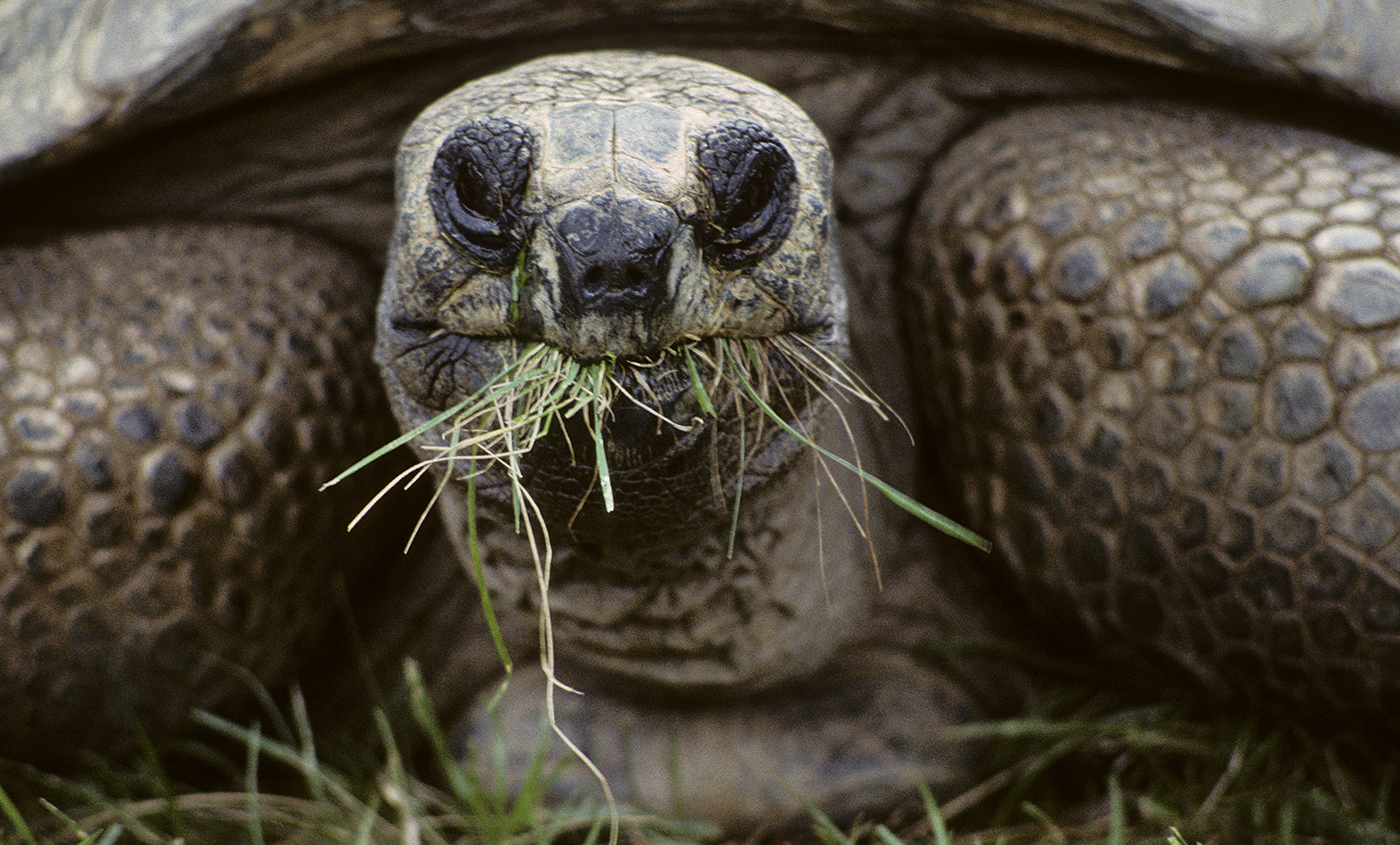When we think of animals, we often associate them with movement, whether it’s a lion hunting its prey, a squirrel jumping from tree to tree, or a fish swimming through the water. All of these activities require energy, which animals obtain from the food they eat. In this article, we’re going to explore how animals use energy from food, the different strategies they use to obtain it, and the role of energy in their survival.
Obtaining Energy from Food
Animals obtain energy from the food they consume through a process called cellular respiration. During cellular respiration, the energy stored in the chemical bonds of food molecules is converted into a form that the cells can use. The most common molecule that stores energy in living organisms is adenosine triphosphate (ATP), and the process of cellular respiration produces ATP for the cells to use as energy.
Depending on the type of animal and its diet, the food sources and the way energy is obtained can vary. For example:
| Animal Type | Diet | Energy Source |
|---|---|---|
| Herbivores | Plants | Carbohydrates from plants |
| Carnivores | Other animals | Proteins and fats from prey |
| Omnivores | Plants and animals | Carbohydrates, proteins, and fats |

Credit: www.nationalgeographic.org
Using Energy for Survival and Activities
Once animals obtain energy from food, it is used for a variety of purposes, including:
- Maintenance of basic physiological functions: Energy is used to maintain essential bodily functions such as breathing, circulation, and digestion.
- Physical activity: Energy allows animals to move, hunt, escape predators, and perform other physical activities necessary for survival.
- Regulation of body temperature: Energy is required to maintain a stable body temperature, especially in cold-blooded animals.
- Growth and reproduction: Energy supports the growth of tissues and organs, as well as reproductive processes such as mating and caring for offspring.
Energy Conservation Strategies
Animals have evolved various strategies to optimize their energy use and storage. These strategies help them survive in challenging environments where food sources may be scarce or energy demands may fluctuate. Some of these strategies include:
- Hibernation: Some animals enter a state of hibernation during periods of food scarcity to conserve energy and reduce their metabolic rate.
- Migration: Certain species of animals migrate to areas with more abundant food sources, allowing them to replenish their energy reserves.
- Energy storage: Some animals store energy in the form of fat reserves, which can be utilized when food is scarce.
- Torpor: During times of extreme heat or drought, some animals enter a state of torpor to conserve energy and water.
Frequently Asked Questions For How Do Animals Use Energy From Food : The Science Behind Animal Nutrition
How Do Animals Convert Food Into Energy?
Animals convert food into energy through a process called cellular respiration, which takes place in their cells.
Why Is Energy From Food Important For Animals?
Energy from food is crucial for animals as it powers their bodily functions, growth, movement, and overall survival.
What Role Does Metabolism Play In Utilizing Food Energy?
Metabolism is the process by which animals convert food into energy, regulating energy production and usage within the body.
How Do Different Types Of Animals Utilize Food Energy?
Different animals have unique digestive systems and metabolic processes to break down and extract energy from food sources.
Conclusion
The ability of animals to obtain and use energy from food is essential for their survival and overall well-being. From obtaining energy through cellular respiration to using it for a wide range of activities, energy plays a central role in the lives of all living organisms. By understanding how animals use energy from food, we gain a greater appreciation for the complex strategies and adaptations that have evolved to ensure their survival in diverse environments.

Leave a Reply